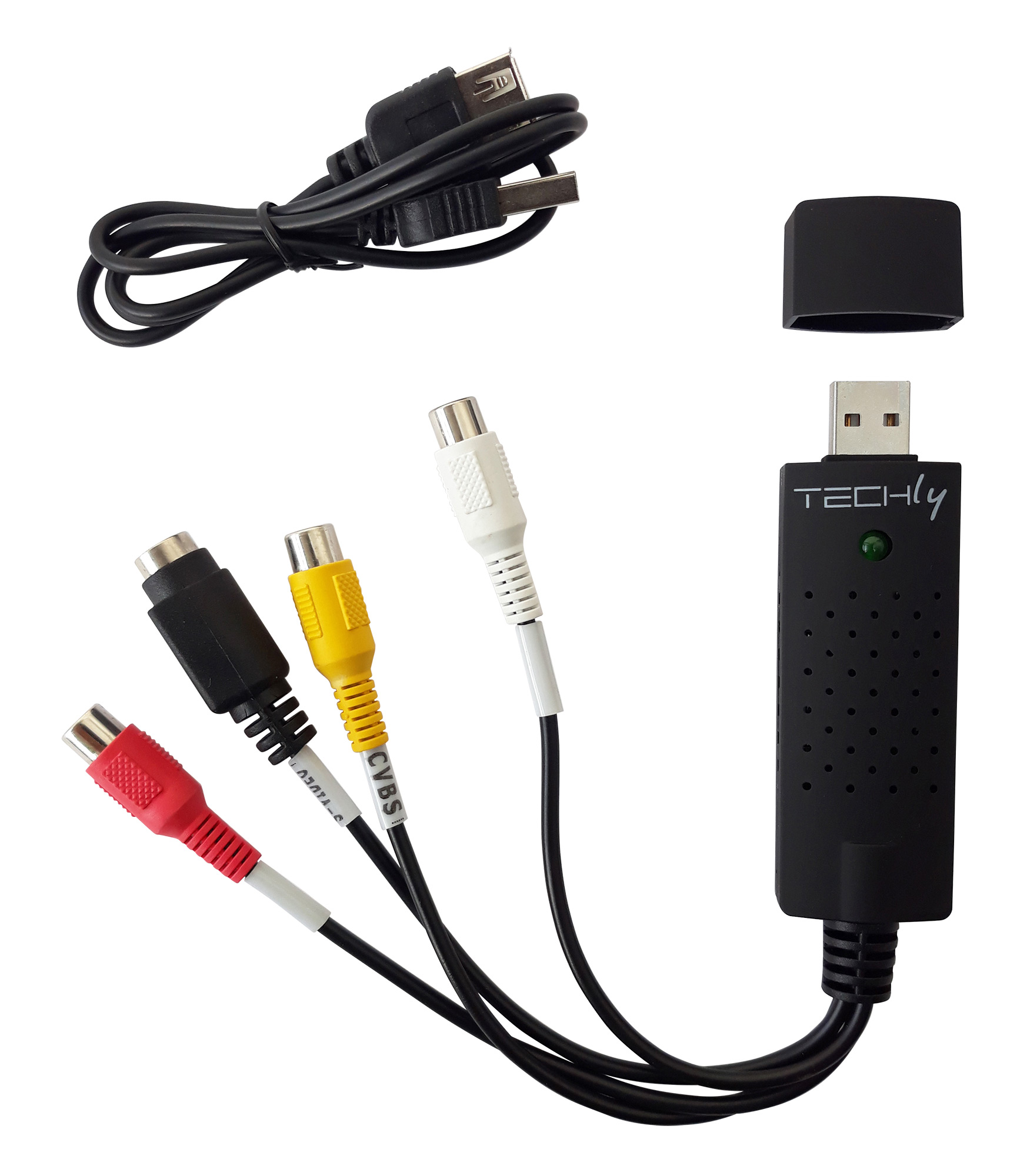
Intel usb 2.0 driver windows 10 keygen#

To help smooth out those extremely short power excursions, a power supply has to be designed with enough extra capacitors to prevent the system from sagging power and possibly crashing the PC. That means a 600 watt card on a PCIe 5.0 12VHPWR connector is allowed to spike to 1,800 watts for 100 micro-seconds. With the new PCIe 5.0 connector and ATX 3.0, Intel and the PCI SIG address what both euphemistically call “power excursions.” You might recognize it by the less sugar coated term “power spike.” The PCI SIG has basically outlined the capability of a GPU to exceed the maximum sustained power of the card by 3x. Intel Power excursions and why you might need a new PSU One big component of ATX 3.0 is formalizing “power excursions” or power spikes PSUs must handle for new GPUs. There’s no guarantee of what each PSU can support through those three 8-pin GPU plugs. That, of course, depends on the power supply design. In reality, most power supplies and most 8-pin plugs can support 324 watts (27 amps at 12 volt) or even 468 watts (39 amps at 12 volts) according to power supply maker Corsair. Technically, 8-pin GPU connectors support a maximum of 150 watts, for a maximum of 450 watts on paper when you use three of them. While the included adapters that come with the GPU are fine, what you plug them into is of concern. According to Intel, neither ATX 3.0 nor the PCI SIG group has sanctioned the use of adapters-but neither forbid them either. They definitely work, but the question is whether they’re legit. Nvidia’s new GeForce RTX 3090 Ti was the first GPU to feature the PCIe 5.0 connector, but since there aren’t any power supplies with PCIe 5.0 connectors widely available yet, board vendors included adapter cables or dongles that connect three 8-pin PCIe GPU connectors to a single PCIe 5.0 12VHPWR connector. On a modular power supply, the new cable will mate to specific PCIe outputs similar to what you see on today’s PSUs. The new cable essentially replaces the need for multiple cables for higher-wattage cards. Since a 500 watt power supply is unlikely to feature a PCIe 5.0 connector that can supply 450 watts to the graphics card, the cable itself is recommended to be labeled to indicate its maximum supplied voltage. With the new PCIe 5.0 connector, the power supply and cable will be capable of supplying from 150 watts to 600 watts depending on the unit. It includes features a smaller connector attached to it carry additional signaling that lets the graphics card know how much power is available from the power supply.Ĭurrently, how much power is supplied to the graphics card depends on how many 6- or 8-pin connectors you plugged into it, with 6-pins rated for 75 watts and 8-pins rated for 150 watts. The connector obviously features 12 pins instead of the usual 6 or 8, with a very similar (but smaller) per-pin design. The eye-catching new feature of the ATX 3.0 is the inclusion of a new PCIe 5.0 12VHPWR connector.


 0 kommentar(er)
0 kommentar(er)
